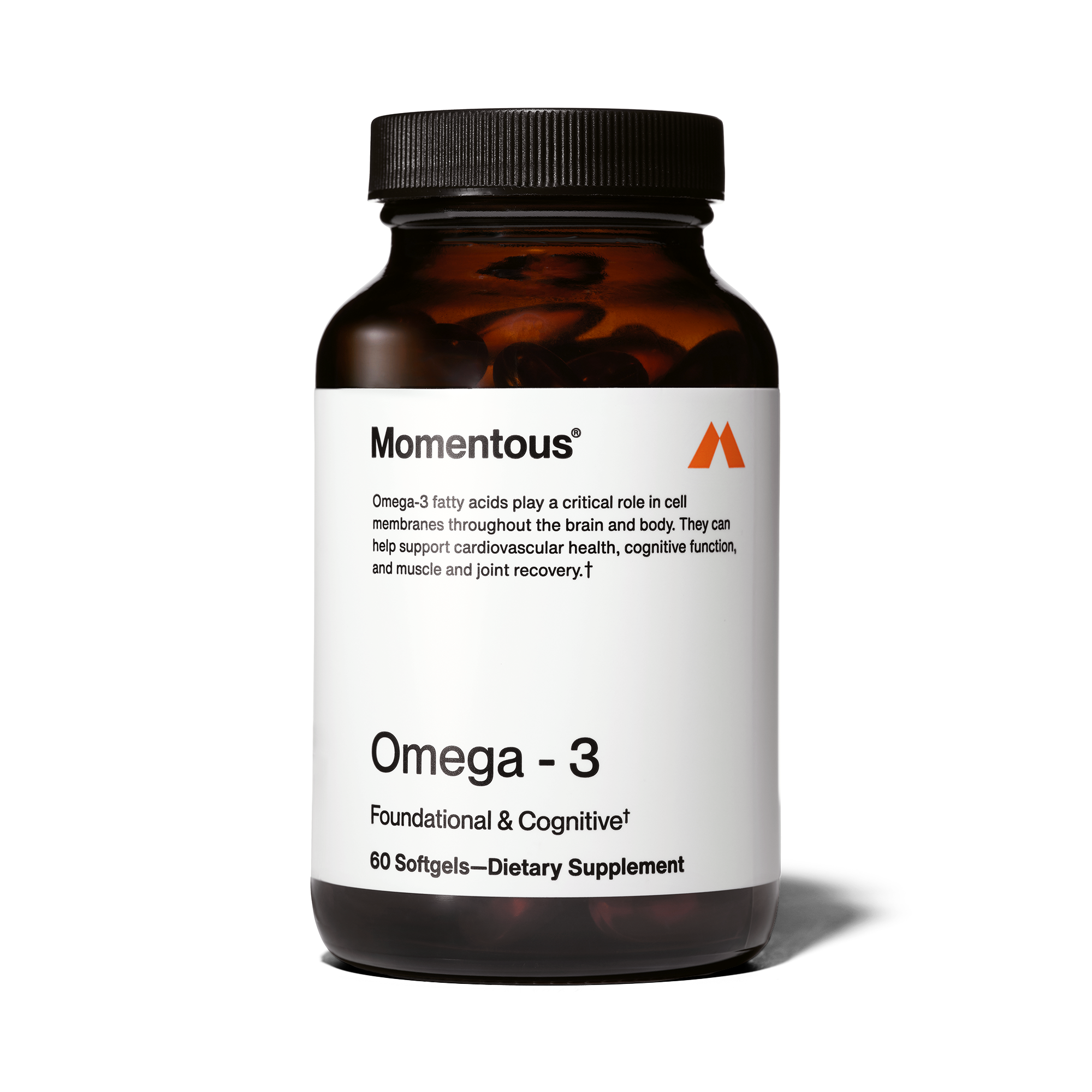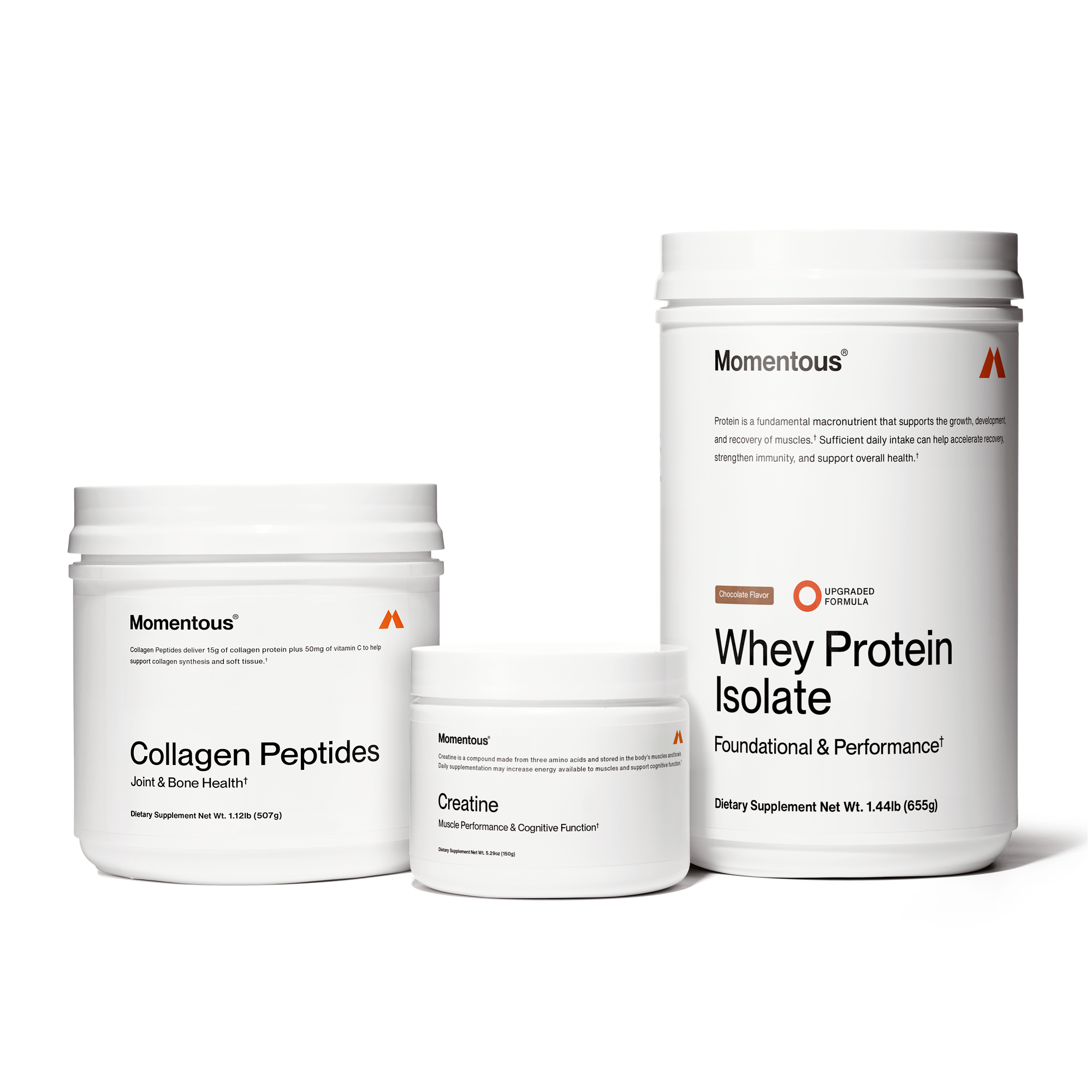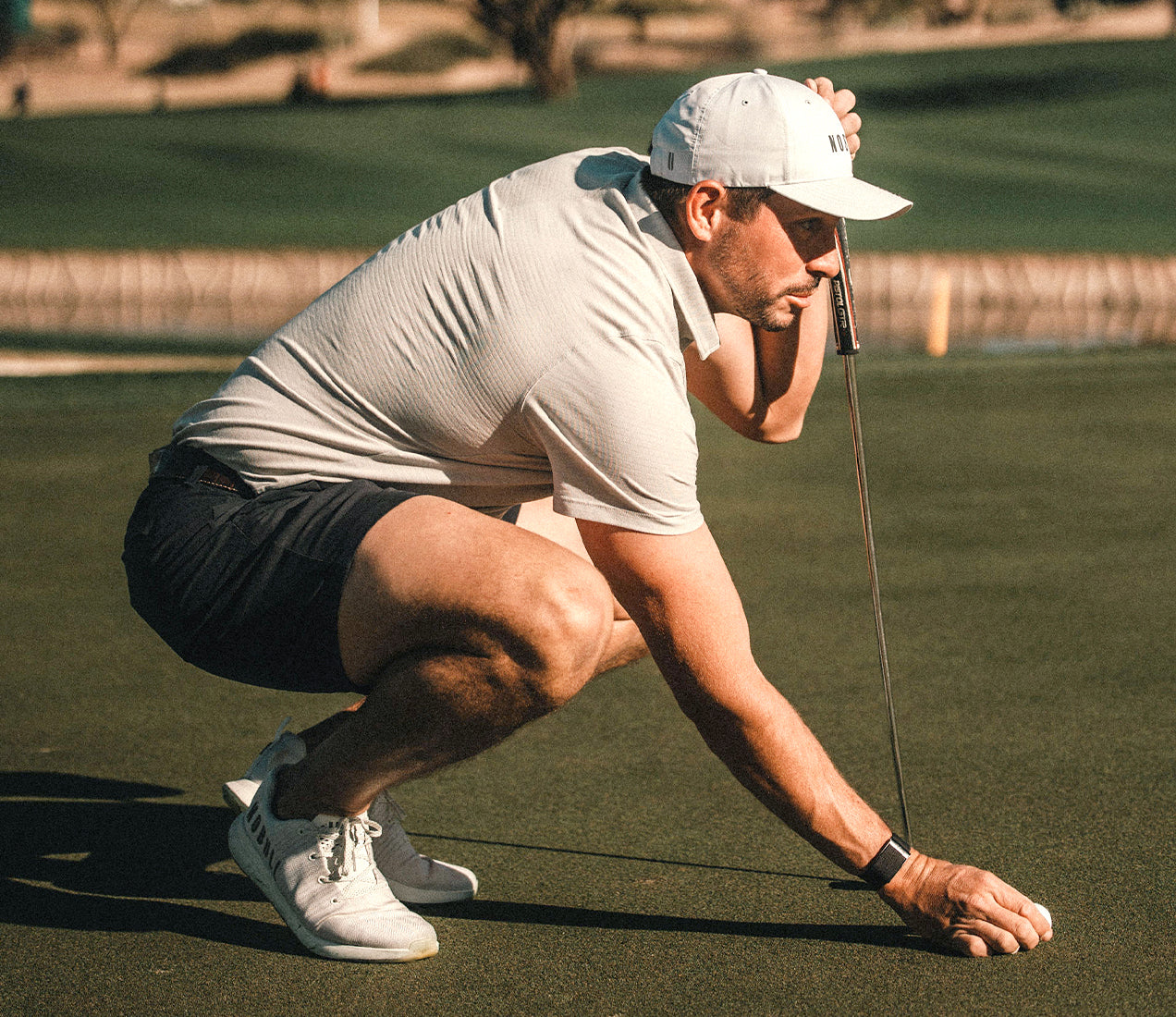Potent, clean Omega-3 for cardiovascular + brain health
Designed for women to fuel recovery, performance + connective tissue health
It’s becoming less and less taboo for women to talk openly about their periods. And if we’re going to discuss this long-avoided subject, we might as well get into specifics. Learning more about the different phases of the menstrual cycle can help everyone understand why they feel the way they do, and how to manage and mitigate those feelings. For female athletes and their coaches, understanding the menstrual cycle means learning to push and hold back at the appropriate times to maximize the effectiveness of your training. In the luteal phase—the time between ovulation and your period—respecting your body’s high hormonal load and working with it rather than against it can lead to more energy, fewer aches and pains and better performance.
What is the luteal phase?
The luteal phase of the menstrual cycle begins after an egg is released and ends just before a menstrual period, unless the egg is fertilized. Typically, it lasts around 14 days. During this phase, there is an increase in estrogen and progesterone as the body prepares to thicken the lining of the uterus in case an embryo is implanted. Changes in progesterone levels during this phase produce the typical symptoms of pre-menstrual syndrome (PMS).
Why do injuries flare up during the luteal phase?
There is an increase in musculoskeletal injuries in the late follicular phase of the menstrual cycle and around ovulation because the surge in estrogen causes laxity in tendons and ligaments. This means they become looser, more flexible, and less able to hold bones in place, which increases joint instability and risk of injury.
However, internationally renowned exercise physiologist and nutrition scientist Dr. Stacy Sims, says progesterone acts as an antagonist to estrogen during the luteal phase. While hormones don’t drive injuries during the luteal phase, Sims explains that inflammation can make pre-existing injuries feel worse.
“During the first half of your cycle, your body has more of an innate immune response, with an increase in natural killer cells that makes you really good at attacking viruses and bacteria,” Sims explains. “But after ovulation, the body changes to a pro-inflammatory response because it doesn't want to attack sperm or a fertilized egg, and this leads to more systemic inflammation.” That inflammation can exacerbate any fraying of tendons or ligaments, and may cause joint flare-ups in those with early osteoarthritis.
What should women eat during the luteal phase?
You may notice that your appetite increases during the luteal phase. Sims explains that estrogen and progesterone reduce the body’s ability to access liver and muscle glycogen, so it relies more on blood glucose and fatty acids for energy. Your metabolic rate also increases slightly due to the increased energy demands of building the endometrial lining. For both of these reasons, carbohydrate consumption should be increased at each meal to ensure you have enough energy for your training.
Sims also suggests getting at least 30 grams of protein per meal during the luteal phase, because progesterone is actually catabolic; it breaks down lean muscle mass by stealing amino acids from skeletal muscle to build the endometrial lining. “During this time, women need more protein and carbohydrates across the board,” says Sims. She also recommends increasing fruit and vegetable intake to take advantage of their antioxidant, anti-inflammatory properties, and adding turmeric to your food, because the flavorful spice has been shown to be more anti-inflammatory than non-steroidal anti-inflammatory drugs. Lastly, Sims says higher hormone levels also mean a greater risk of dehydration, so be sure to properly hydrate.
How should women supplement during the luteal phase?
Sims recommends women supplement with creatine for gut, muscle, and brain health, but says it is even more important to saturate the tissue with creatine during the luteal phase, because of the body’s high energy demands.
She also recommends omega-3 fatty acids, glutamine, zinc, and magnesium. “All of those help support the body’s increased inflammatory response, increased oxidative stress, as well as your immune system,” says Sims. “The building of the endometrial lining pulls a lot of nutrition from other areas and can compromise the immune system.” Outside of the luteal phase, Sims suggests all women take a collagen supplement to support muscle mass, and the health of joints, bones, and connective tissue.
What is the best way to train during the luteal phase?
Sims says higher hormone levels during the luteal phase mean reduced muscle-building capacity and a decreased ability to access stored carbohydrates for energy, so she recommends focusing on lower-intensity workouts, like steady-state aerobic training. In the second half of the luteal phase, many women will experience the bloating and cramping that comes with PMS. Then, Sims suggests taking time to focus on recovery, using workouts to address mobility, technique, and functional strength.
“You likely won’t feel that motivated, because it truly is harder from a physiological standpoint to exercise at high intensity at that point,” she says. “So, why hit your head against a brick wall? To maximize your physiology and get the most out of your training, downgrade your workouts when your body is under a ton of stress, and work hard when the body really wants work.” That, Sims says, is once your period starts. “Then, you go hard,” she says. “That’s the best time to hit it.”









